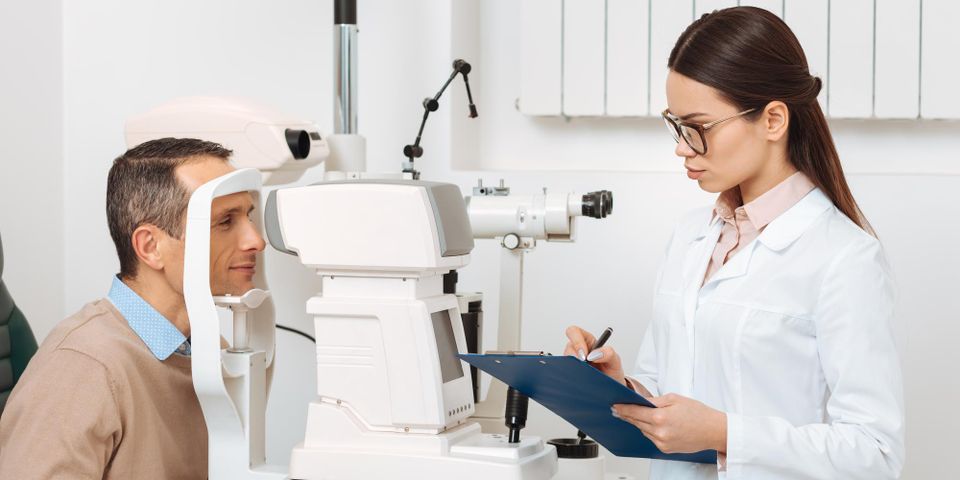
Cataracts are common, and because of that, June is Cataract Awareness Month. Scientists estimate that more than half of Americans over the age of 80 have this eye disease. The condition is characterized by cloudiness in the eye’s lens. There are several treatment options that eye doctors may recommend depending on the severity. Below is a brief guide to this condition.
What Causes Them?
Several culprits could be responsible for this eye disease, including a family history of the condition. Injury to the eye may also cause this cloudy film to develop. Individuals with diabetes are vulnerable, as are those who use steroid-based medications for extended periods. However, basic aging is often to blame; when people grow older, the lenses in their eyes naturally grow thicker and less malleable. The tissues inside the lens respond by breaking down and creating clumps responsible for the blurry, cloudy effect. Over time it grows, weakening your vision significantly in the process.
What Are the Symptoms?
Cataracts don’t form overnight, which is why symptoms often appear slowly. Over time, affected individuals may notice that their vision seems cloudy and blurry, much as if they were looking through a foggy window. They may also experience poor night vision, require brighter lighting to perform everyday activities, and notice color fading. Some people may also have double vision, or feel as though a film is over their eyes.
 How Do Doctors Diagnose Cataracts?
How Do Doctors Diagnose Cataracts?
Your eye doctor will first conduct a thorough examination involving several components. The visual acuity tests measure your ability to read letters on a standard eye chart accurately. Another test is the slit-lamp examination, which gives your doctor a clear view of different parts of the eye, including the cornea and lens. Finally, they will put drops into each eye to view the retina for evidence of eye disease.
What Treatments Are Available?
The only way to permanently eliminate a cataract is to undergo eye surgery. However, you may have other options if your case is mild. Your doctor might recommend a few steps to slow the worsening of symptoms, like using bright lights and wearing glare-proof eyeglasses. You can also try wearing new glasses or contact lenses. However, if cataracts interfere with your quality of life, you may consider surgery. During the procedure, your surgeon will detach the clouded lens and replace it with an artificial one.
Are you suffering from cataracts? Turn to Dr. Kenneth Crawford at EyeCare One in West Chester, OH. He has been in business for more than 20 years and also services Liberty Township and Mason. You’ll receive comprehensive care from one of the industry’s most experienced eye disease professionals, including a thorough eye exam and personalized treatment options that are appropriate for your needs. Visit the website for more information about their services, or call (513) 755-7775 to schedule an appointment.
About the Business
Have a question? Ask the experts!
Send your question

